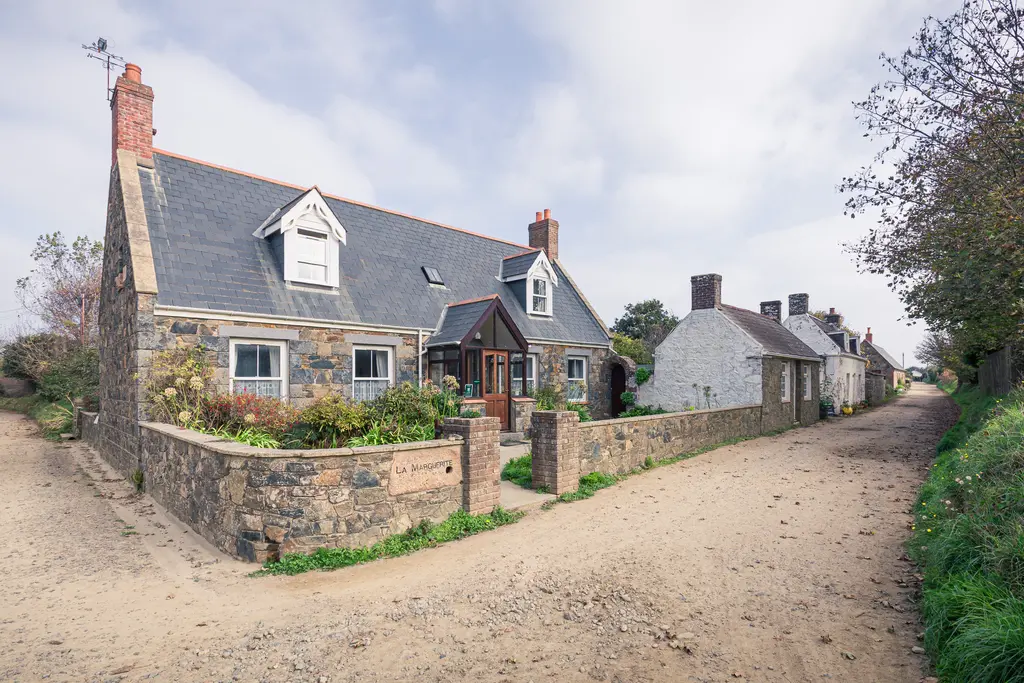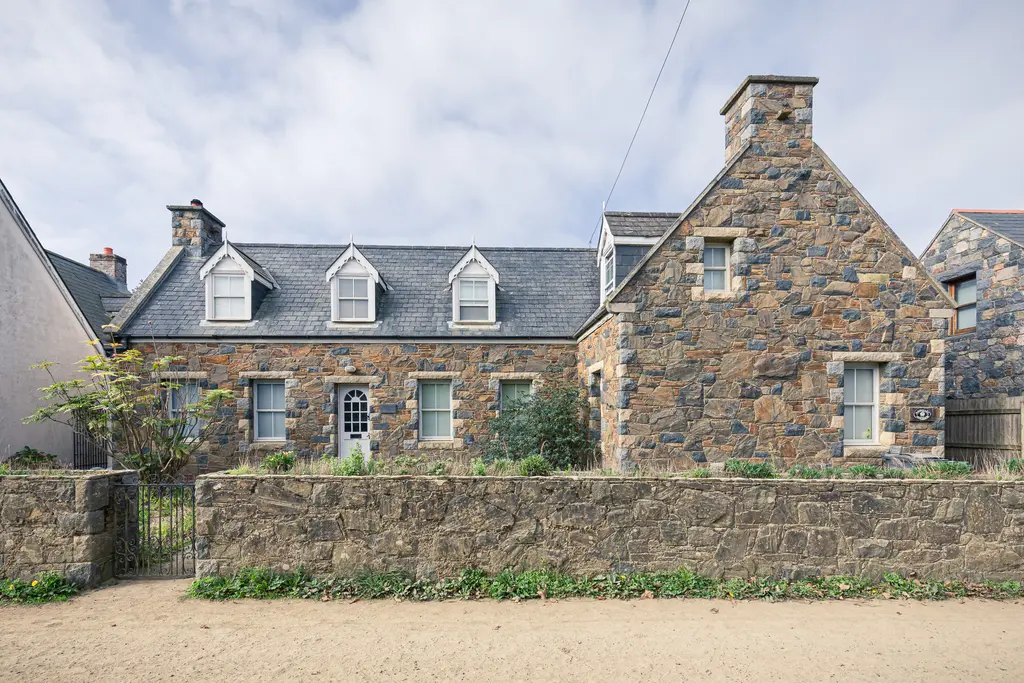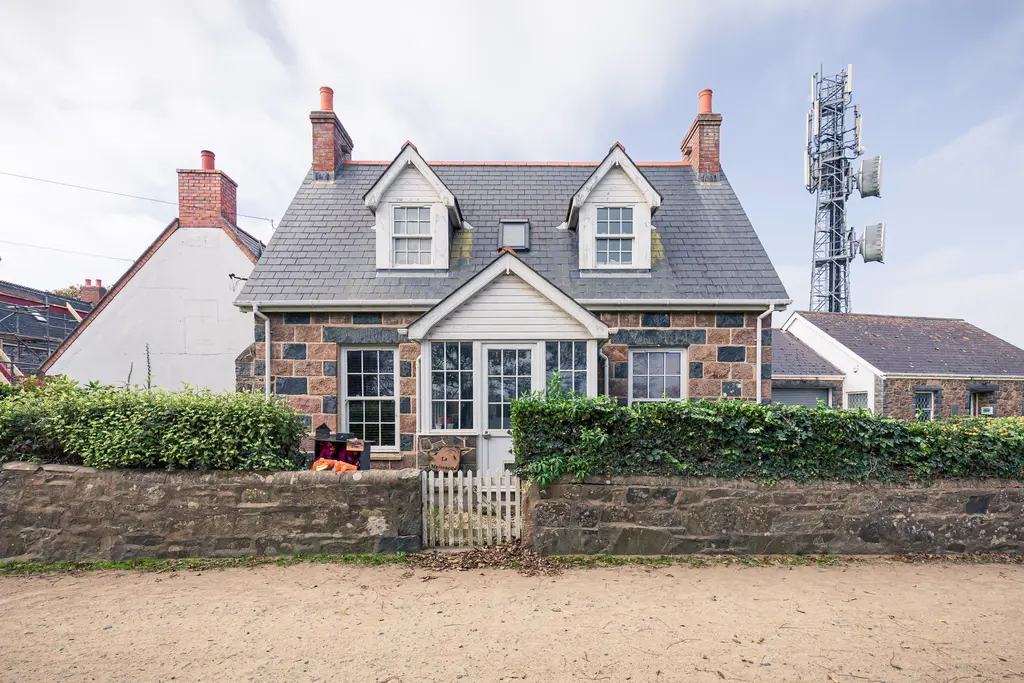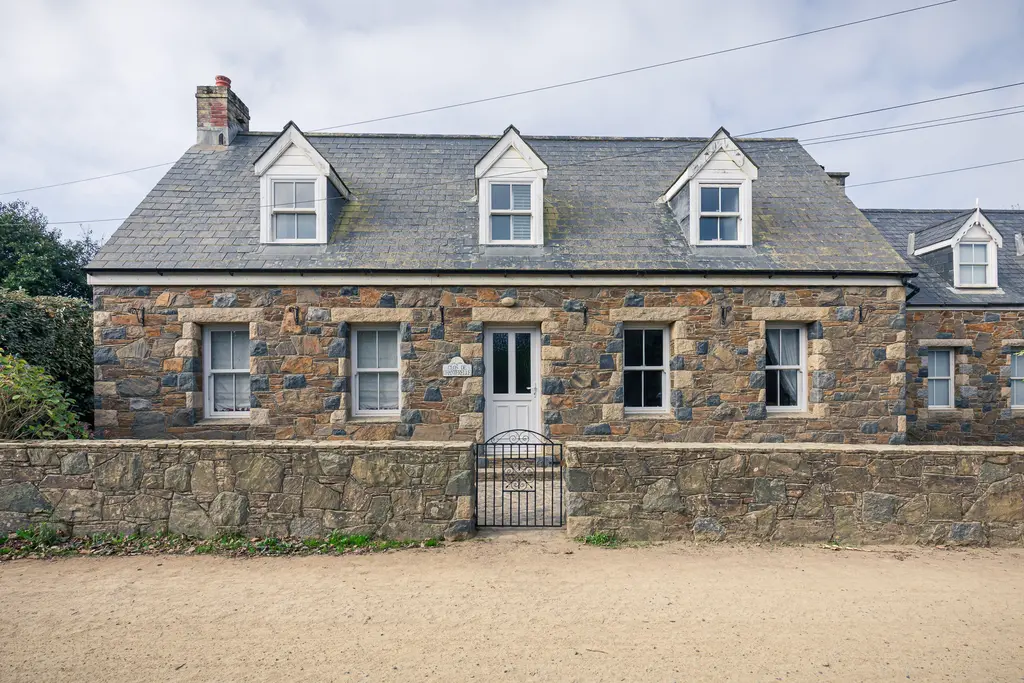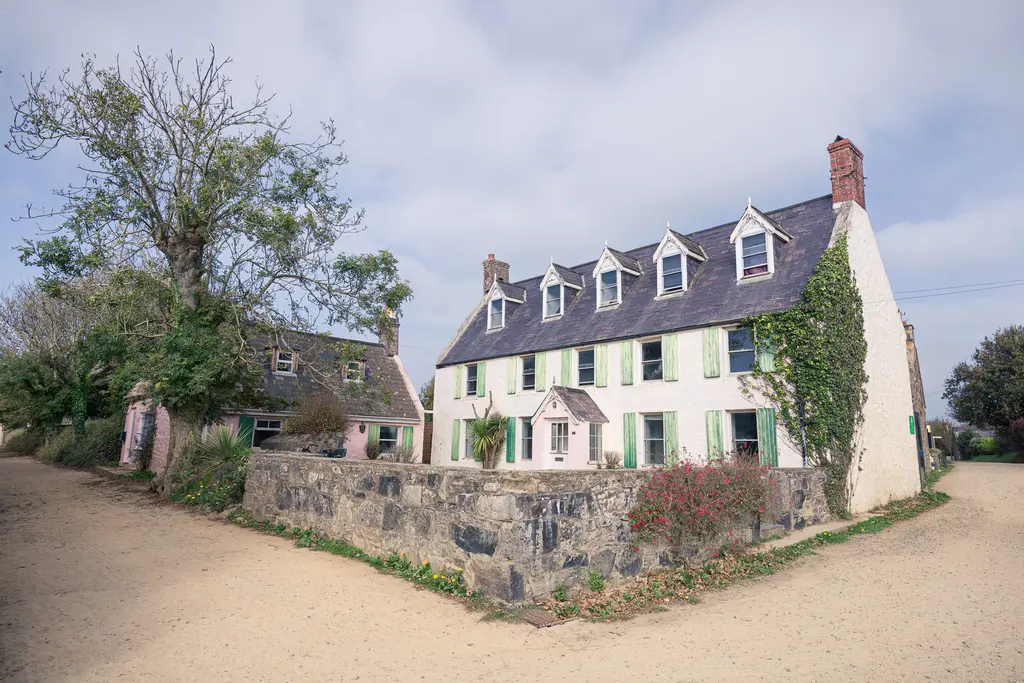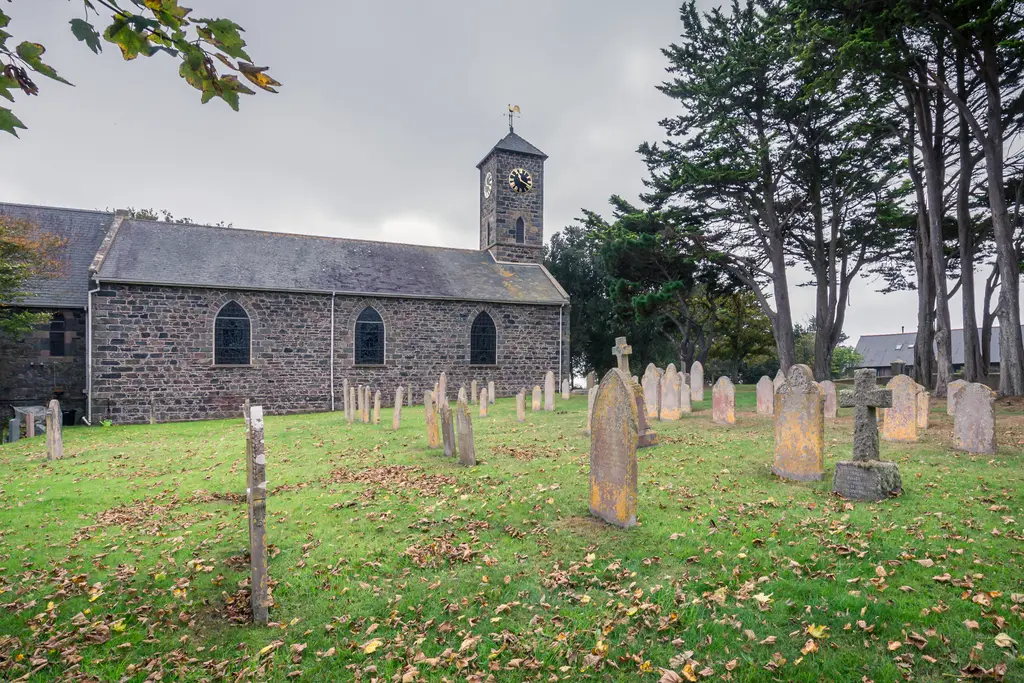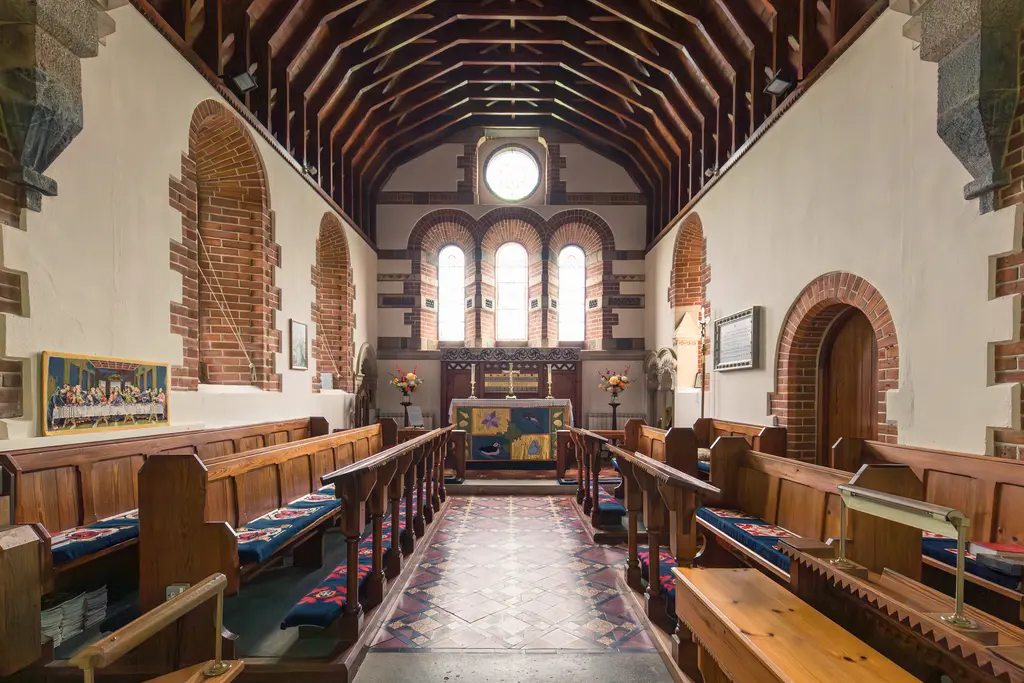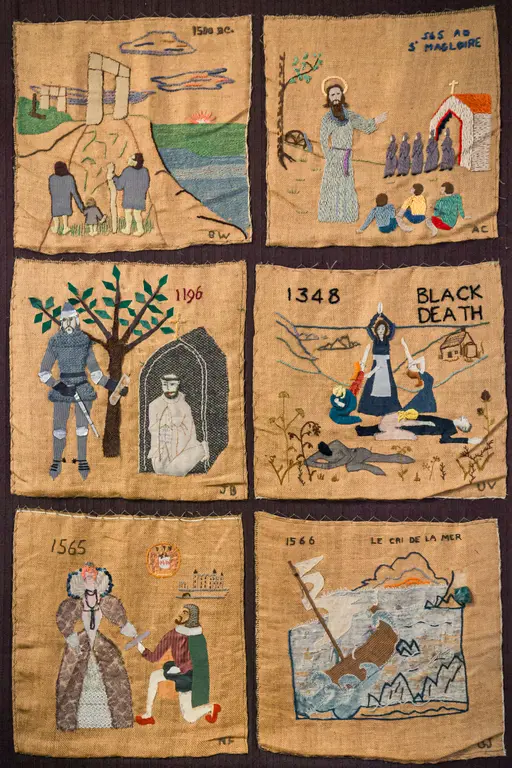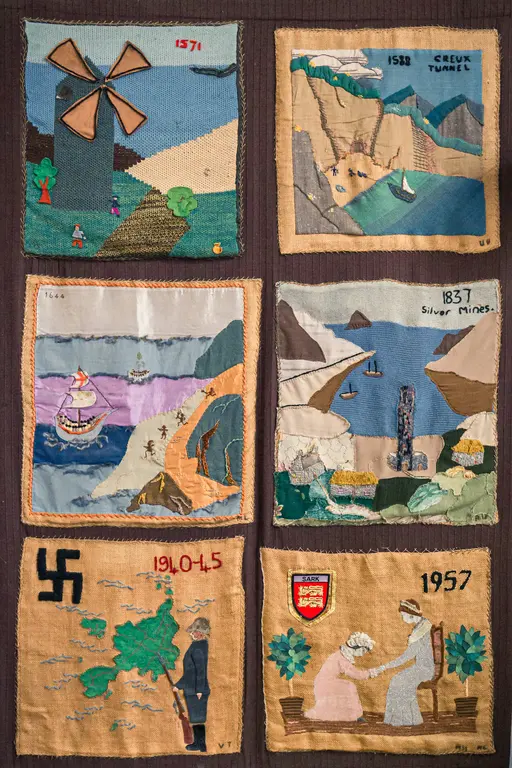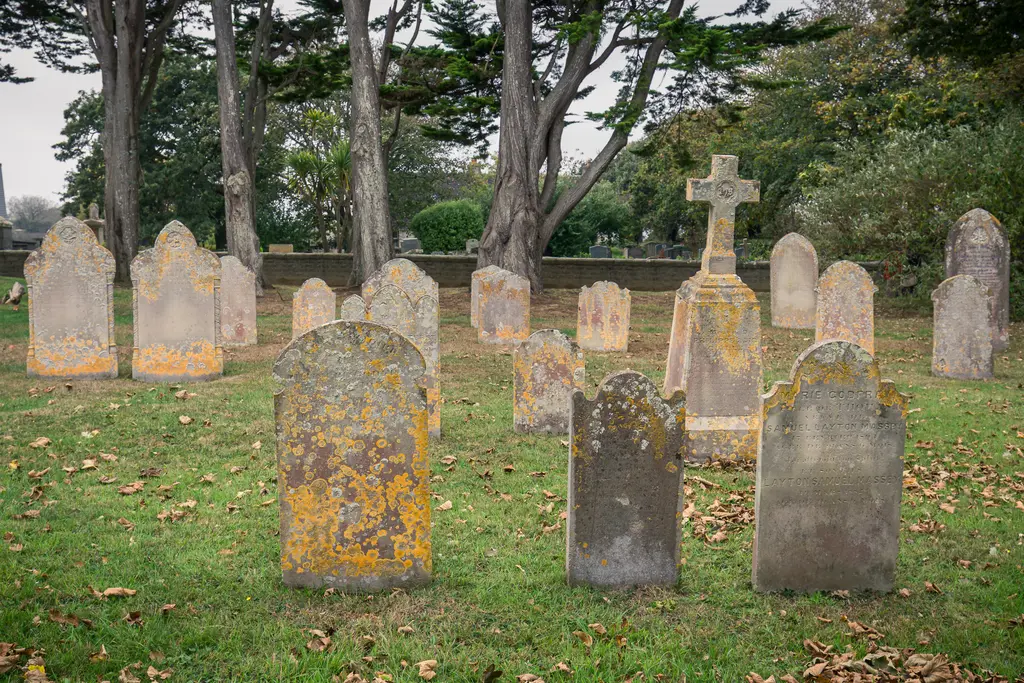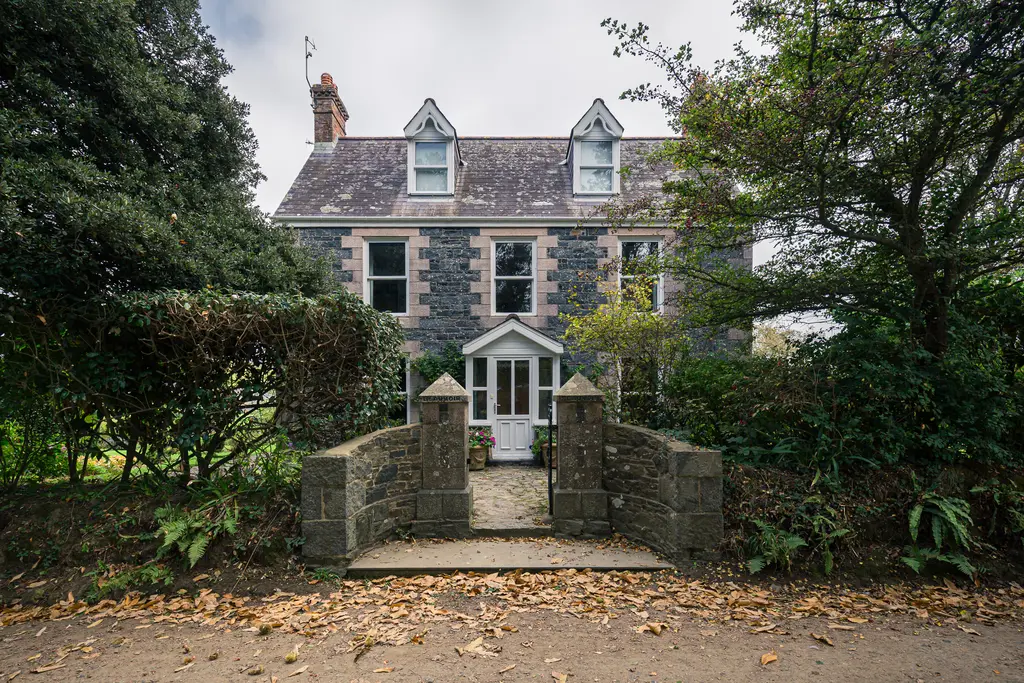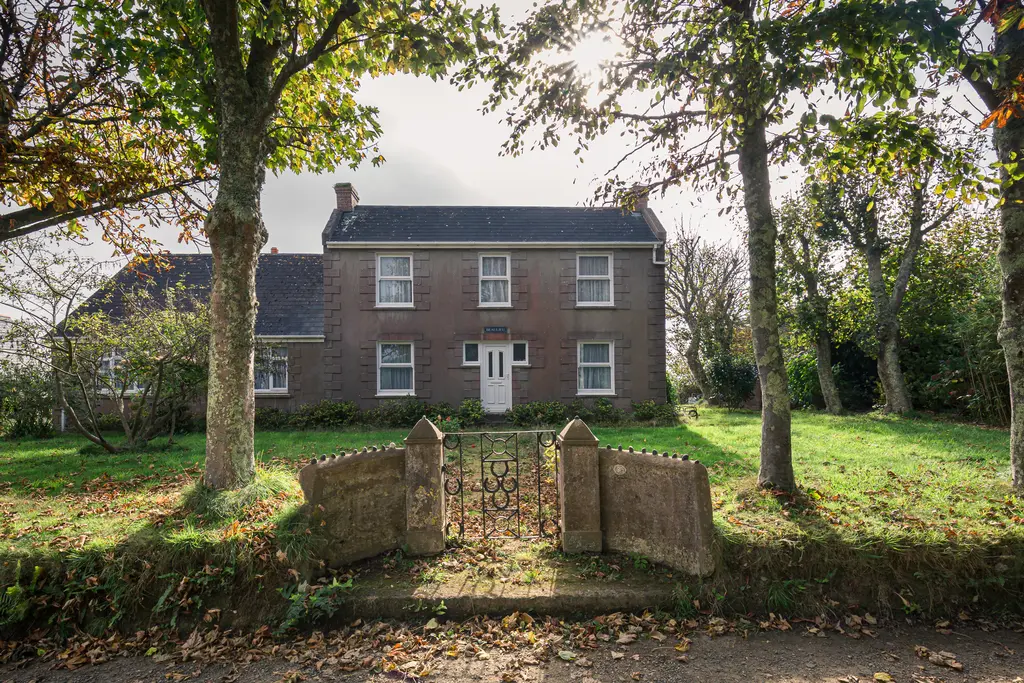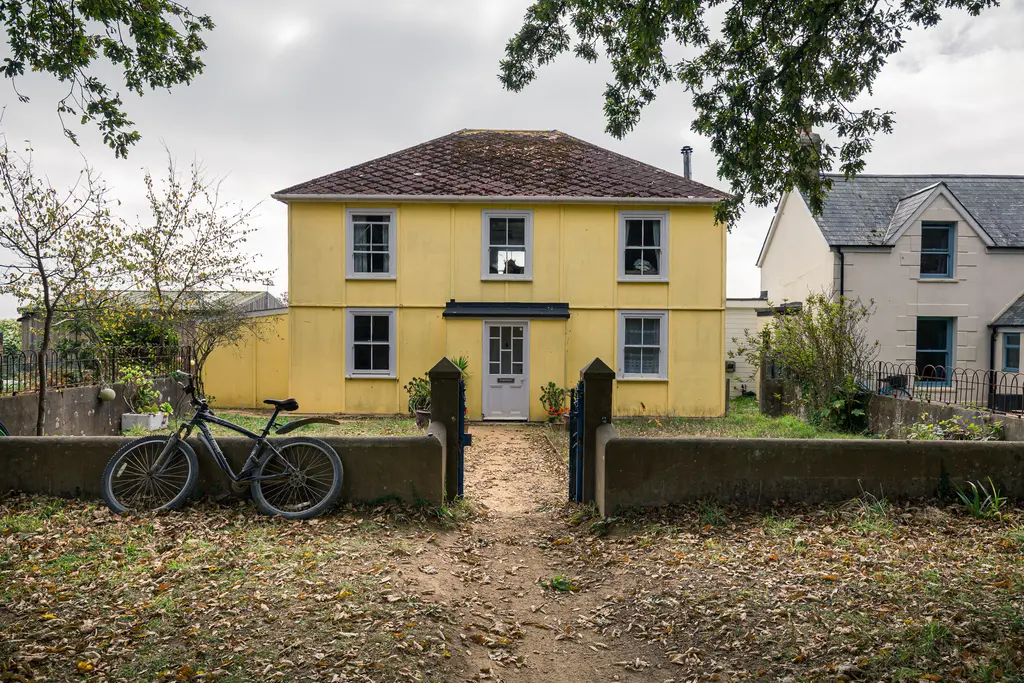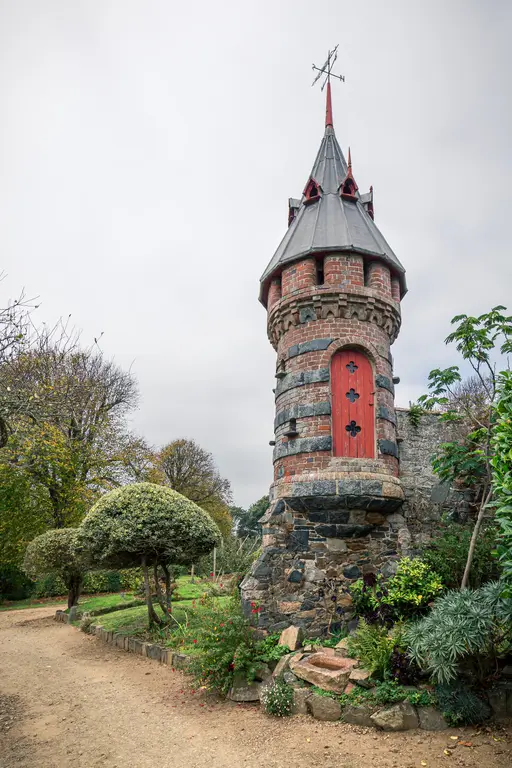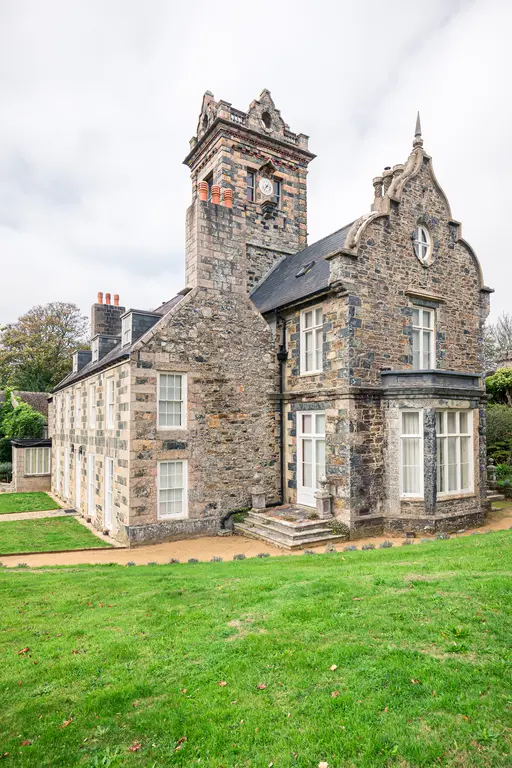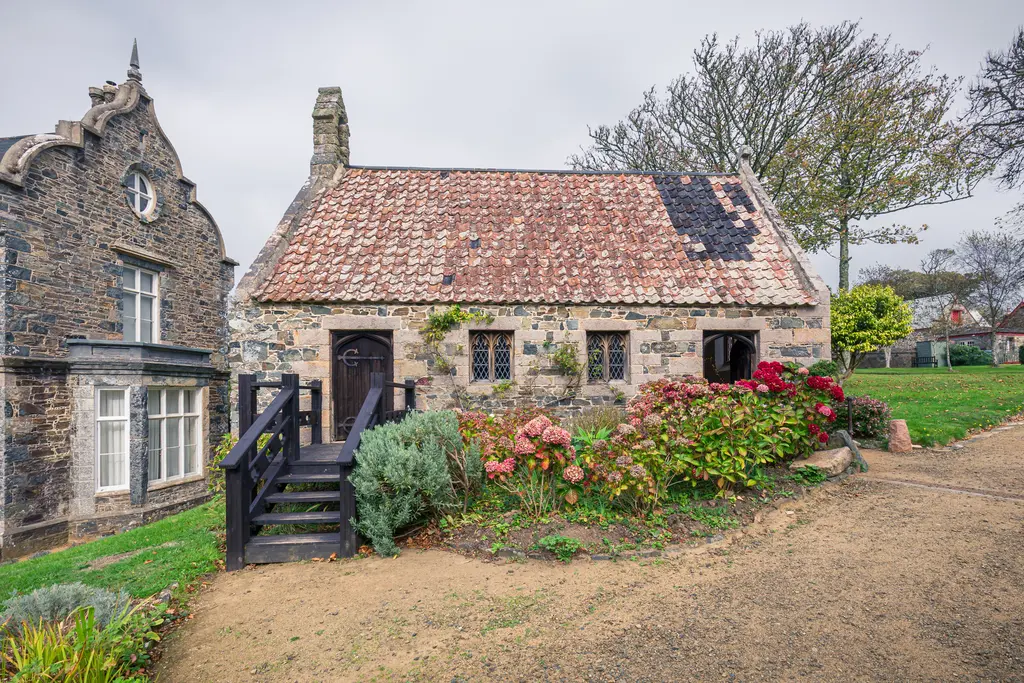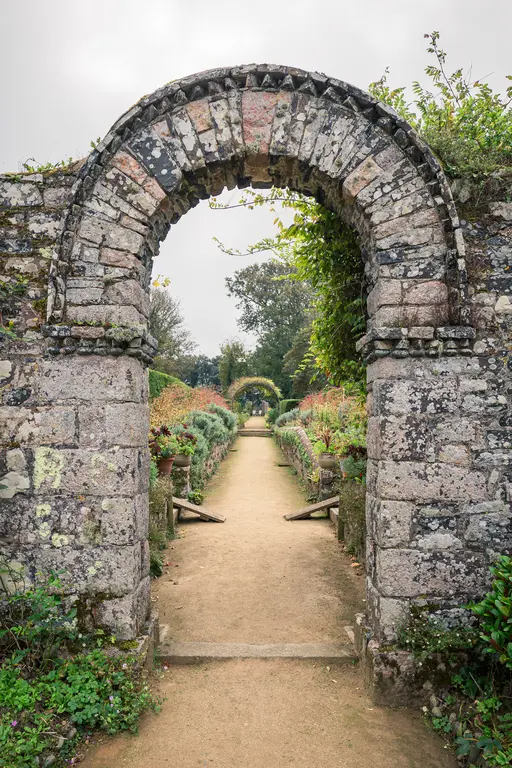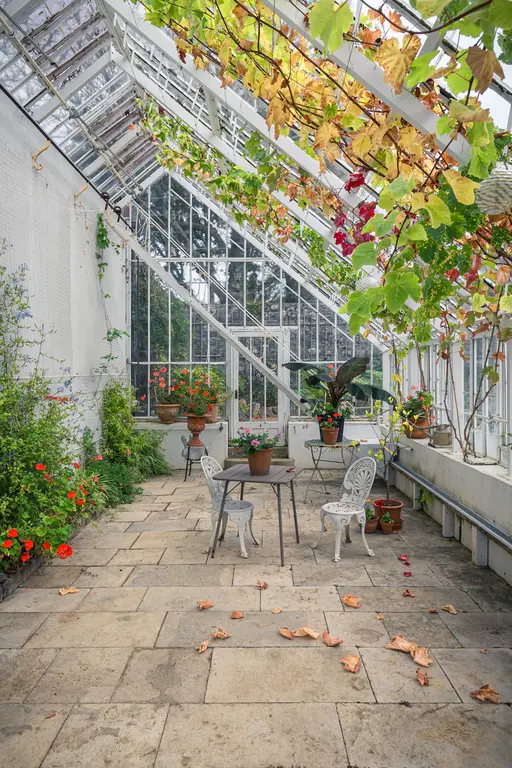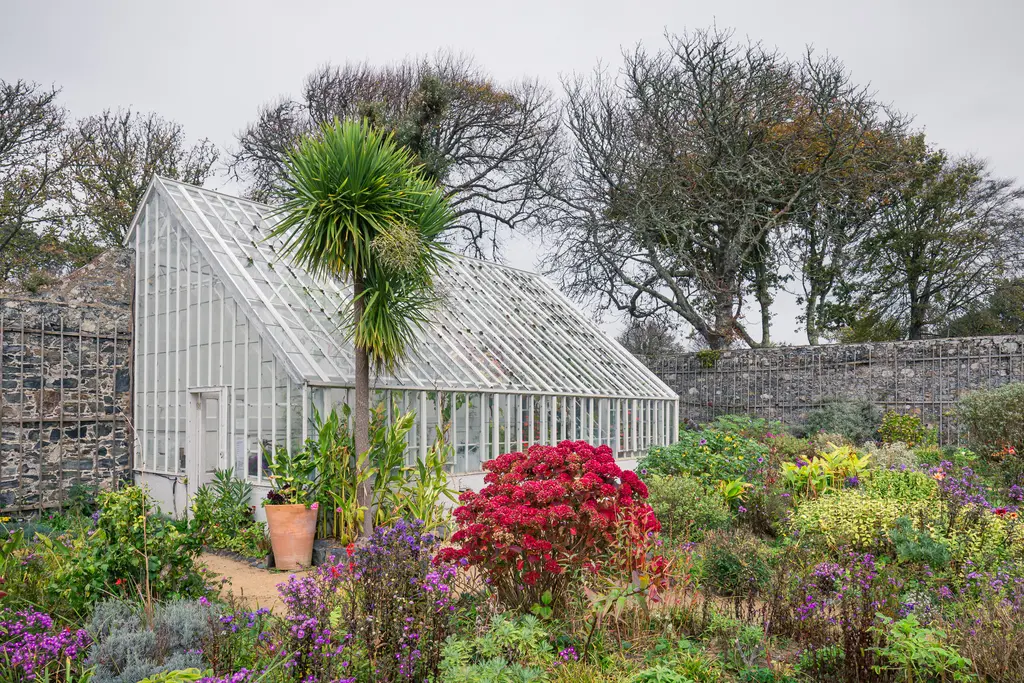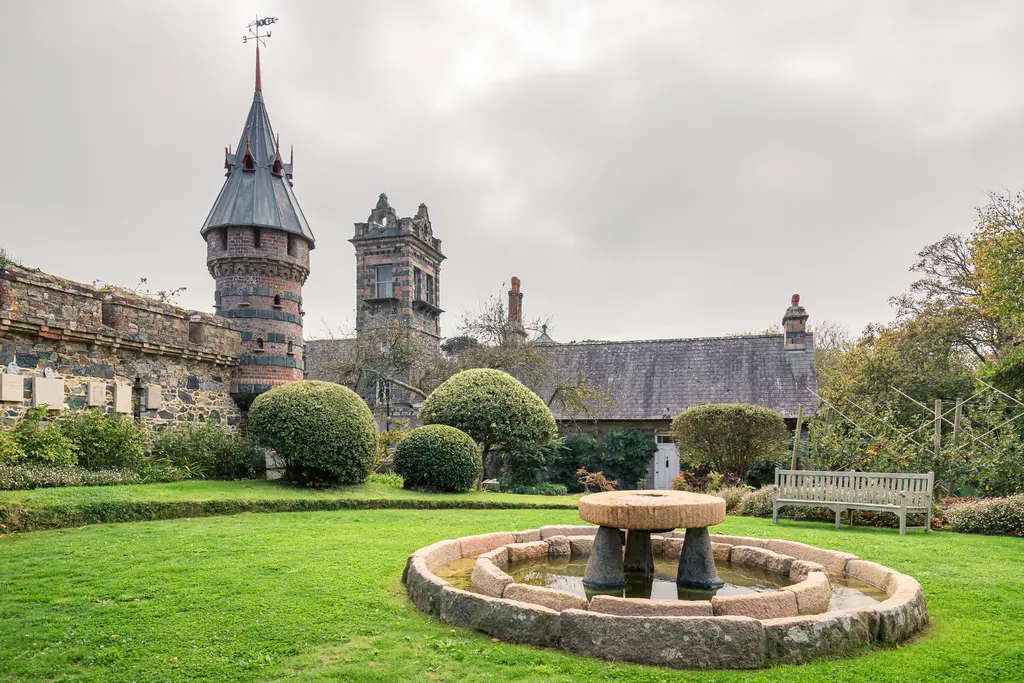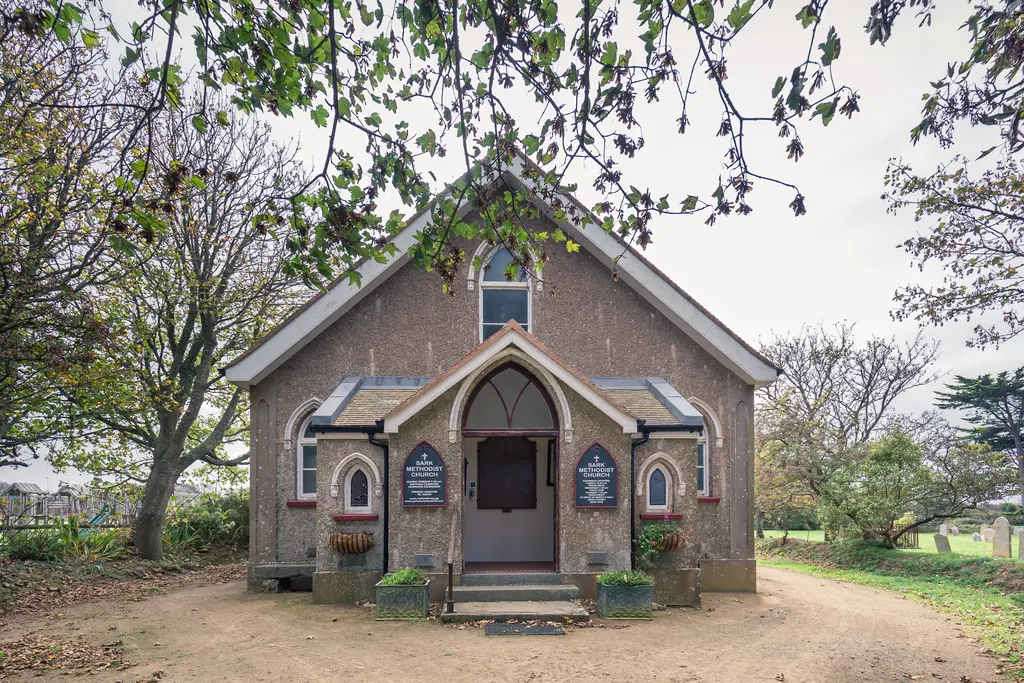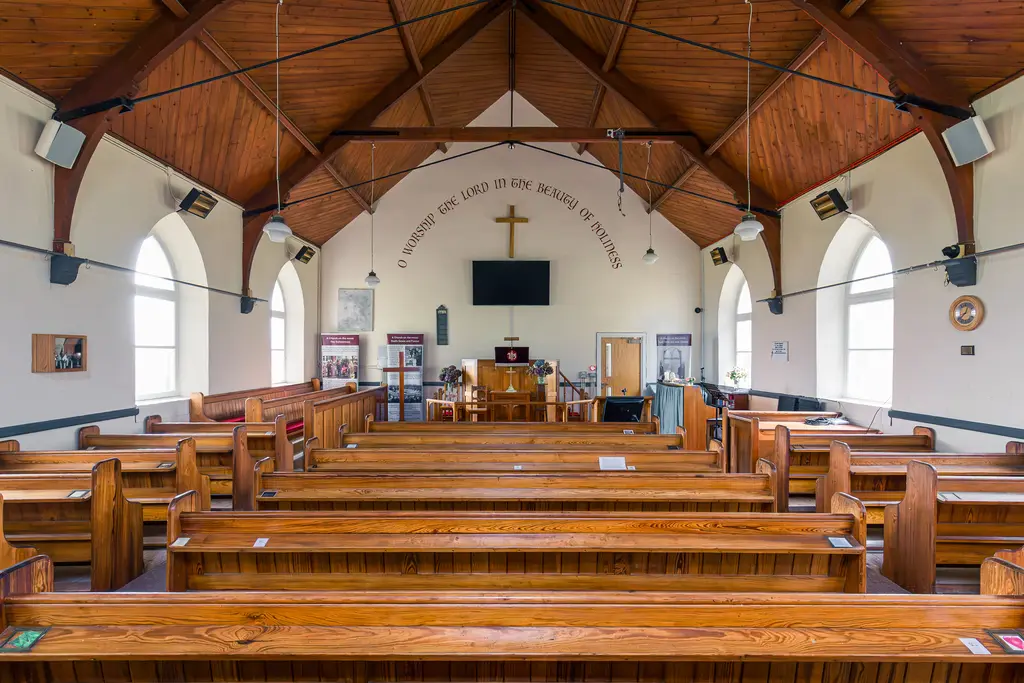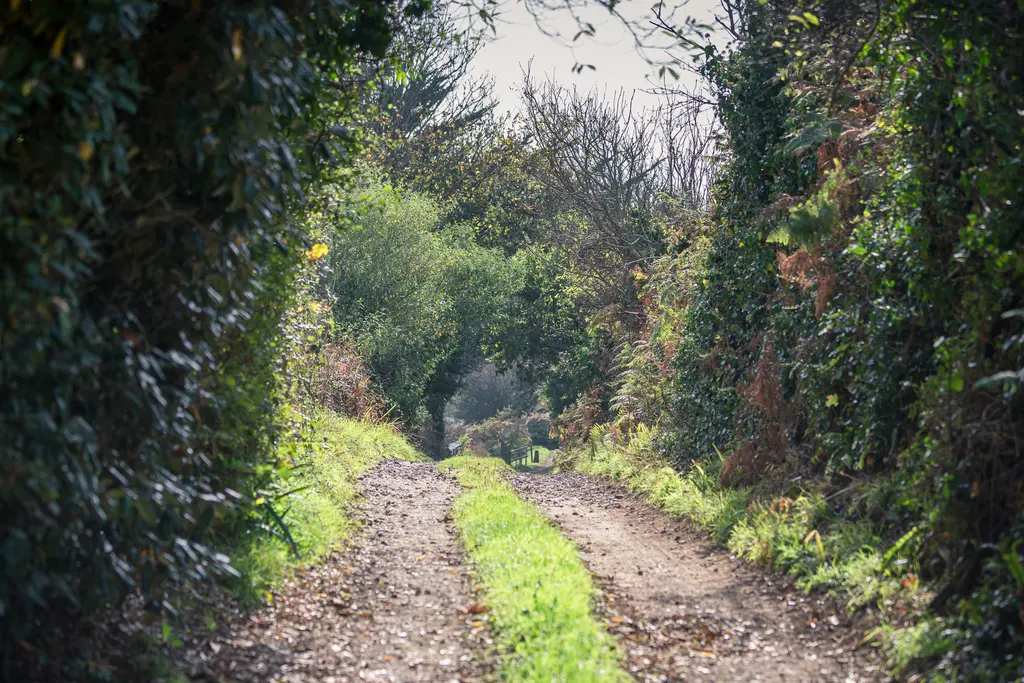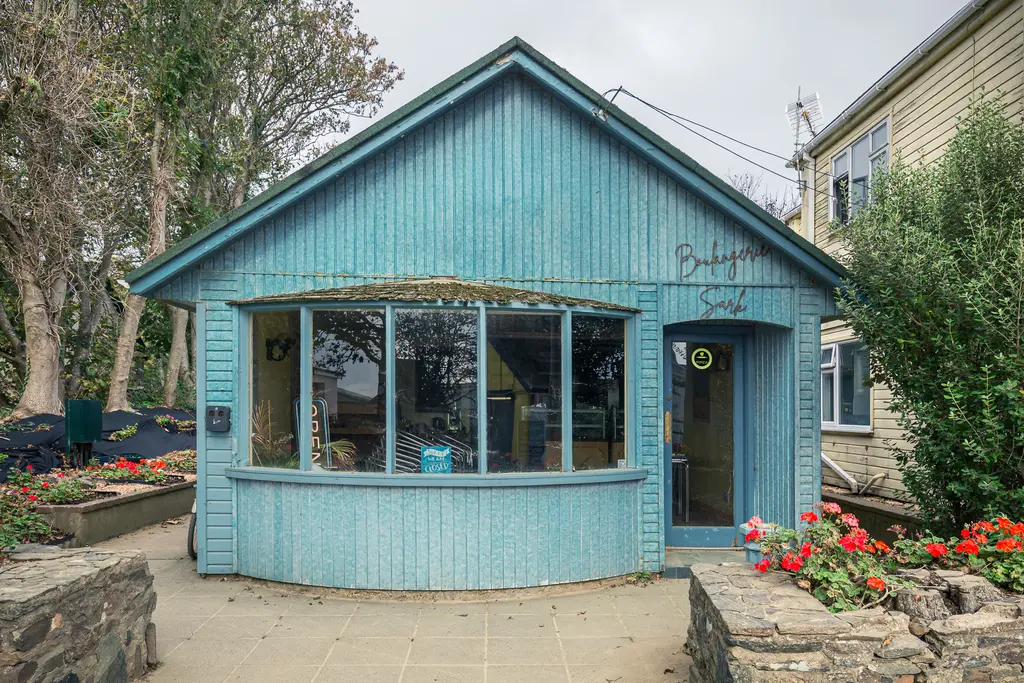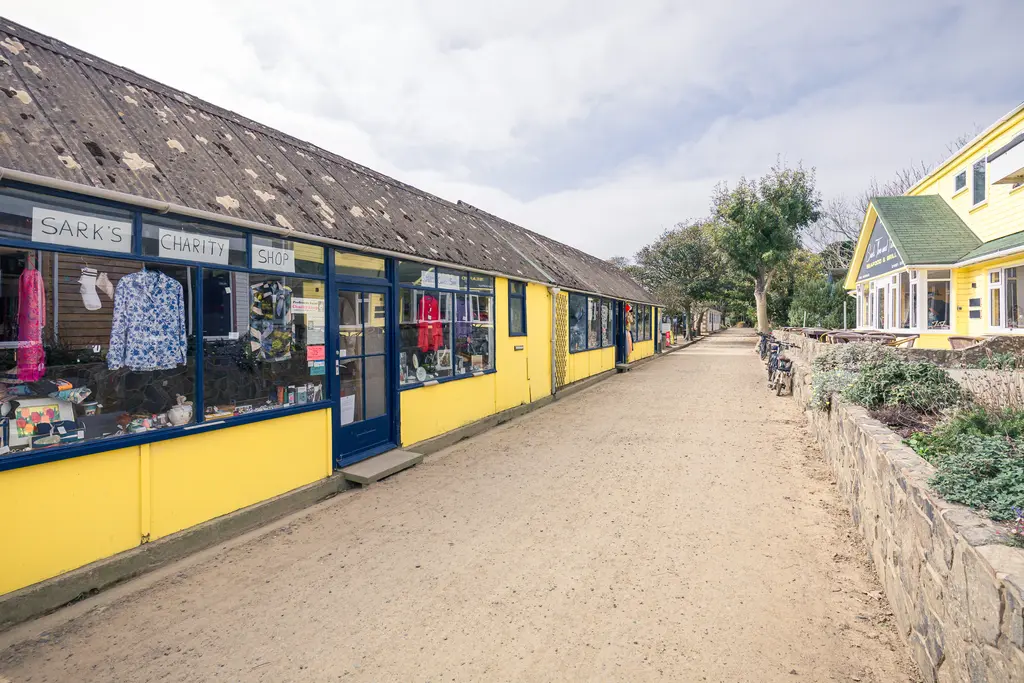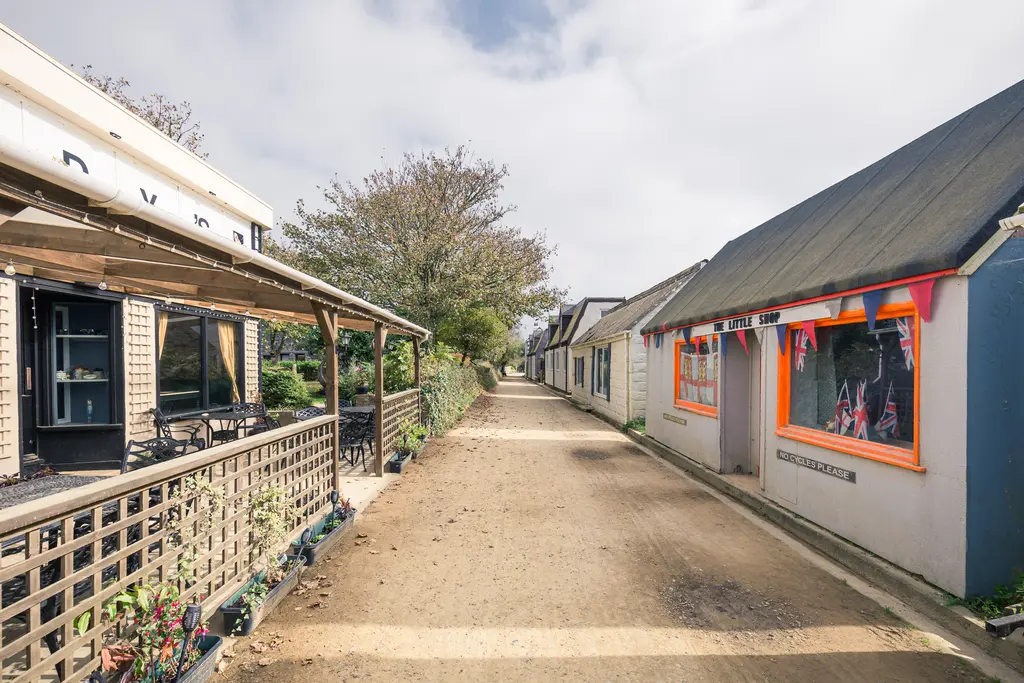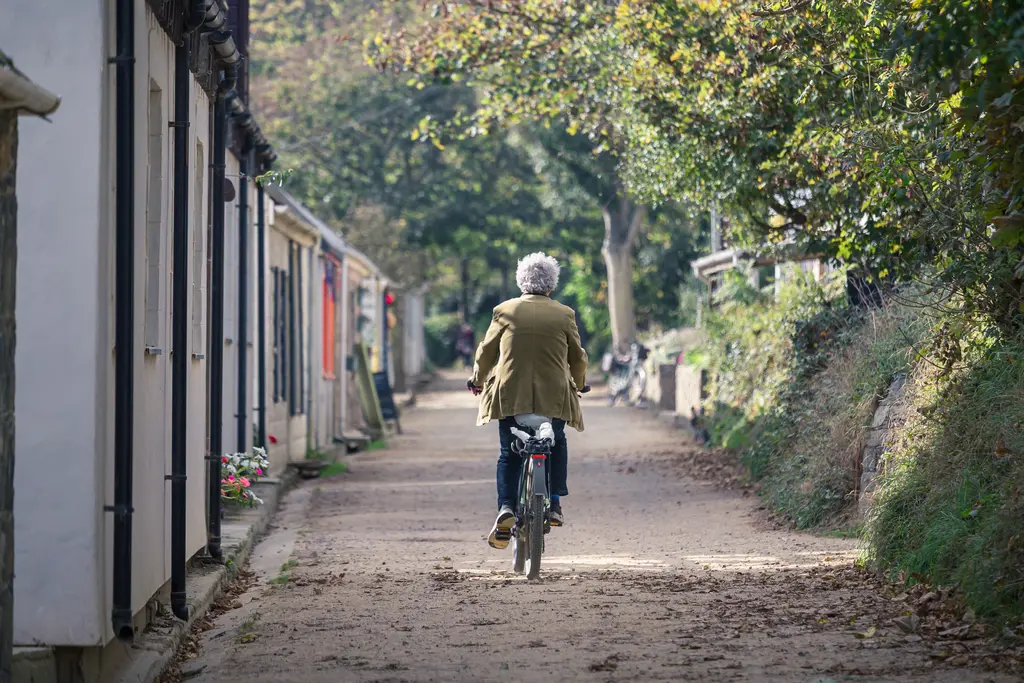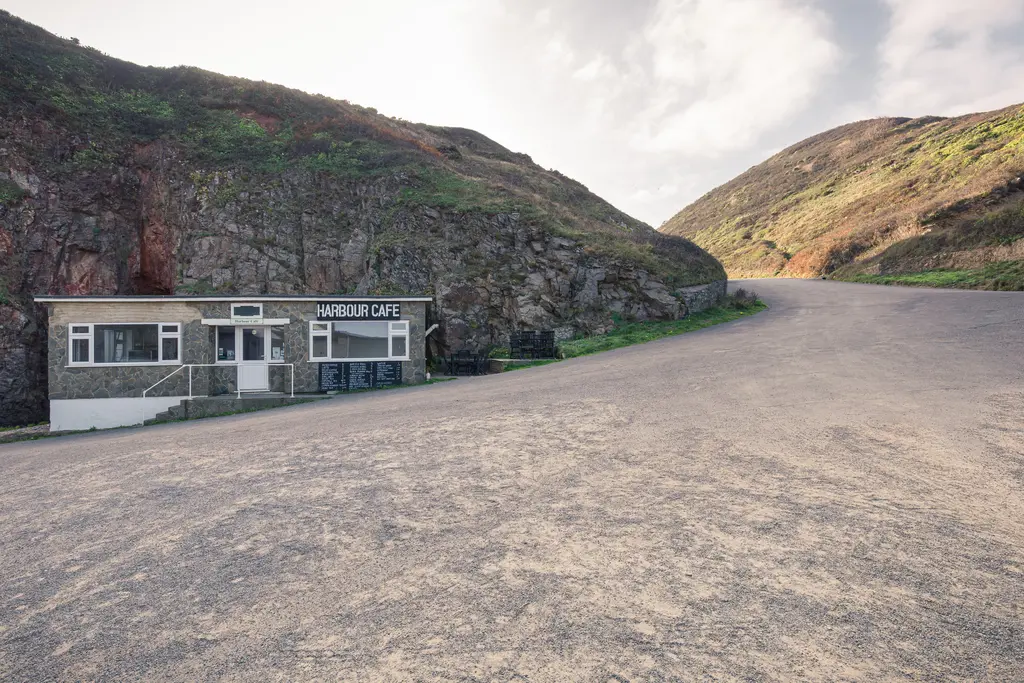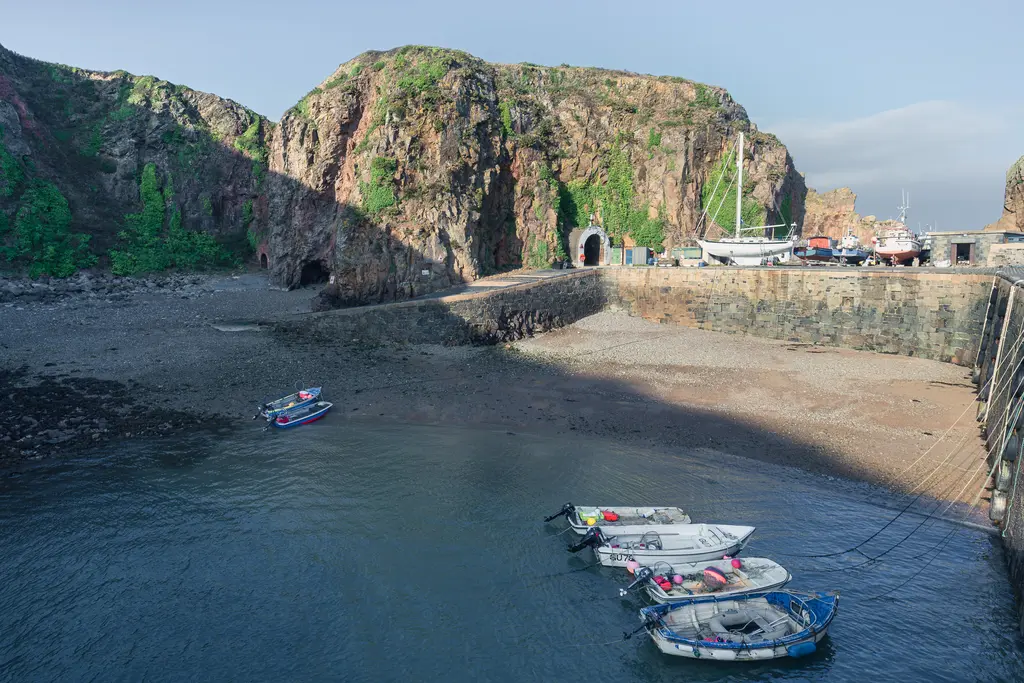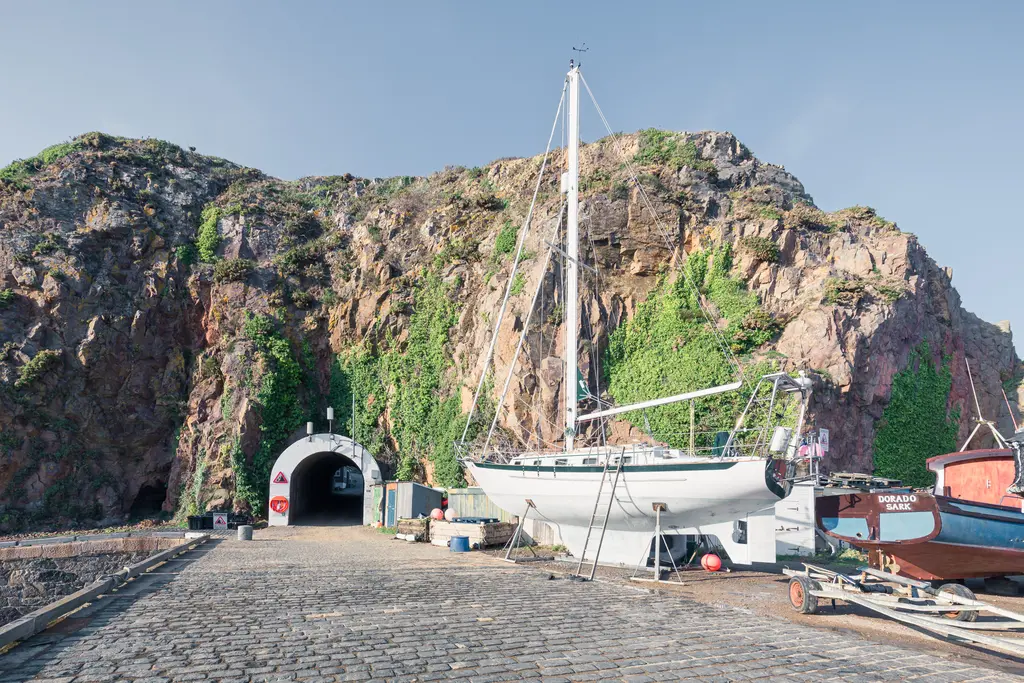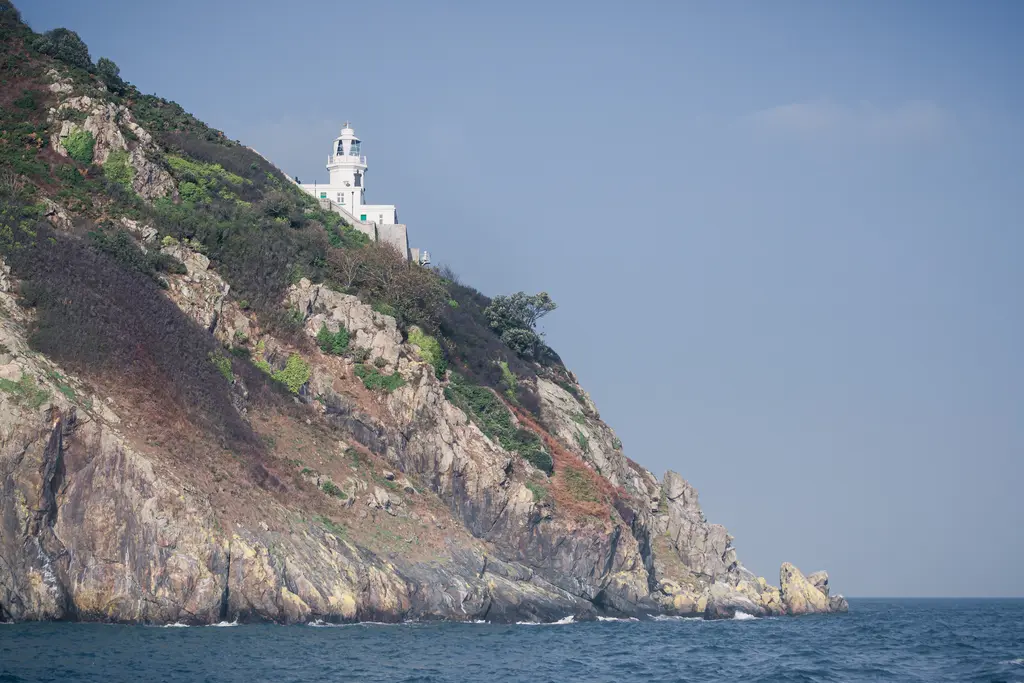Sark, Channel Islands, October 2025
Sark, Channel Islands, October 2025
Sark covers just four square kilometers. About five hundred people live here. There are no cars. Only horse-drawn carriages — and, for emergencies, a tractor with a trailer that doubles as the island’s ambulance. The coastline is rugged and steep, carved with narrow footpaths that disappear into gorse and rock. Below, the surf pounds the cliffs; above, the grass bends in the wind. Arriving here feels like slipping out of time.
The main village is simply called “The Avenue” — one street with a café, a pub, and a handful of shops. Signs are handwritten. In the windows: jars of homemade jam, faded postcards, and a few well-thumbed books with titles like "Sark: Gem of the Channel Islands." People are friendly. You say hello; mostly because there's nothing else to do.
Like its neighbors, Sark isn’t part of the United Kingdom but a Crown Dependency — technically the monarch’s possession, yet with its own government and laws. Until 2008, it was still feudal. Now, there are elections, though the pace of change remains leisurely.
For all its old-world charm, Sark can be oddly ahead of its time. In 2011, it became the world’s first Dark Sky Island. At night, the lights go out.
Stars instead of streetlamps — that sounds lovely. I was there only in daylight, but I can picture it. You sit in the garden of a bed-and-breakfast, drink cider, and somewhere, a cow moos in the dark.
Then the stars appear. So many stars.
Not much happens on Sark.

